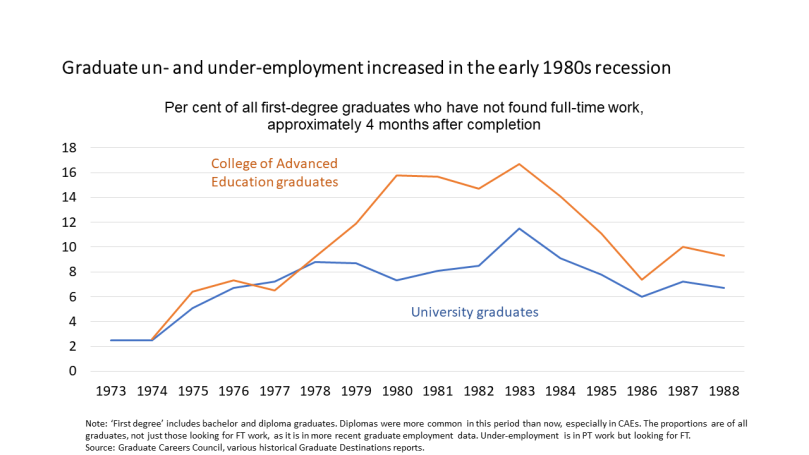Update 9/4/20: Since this post was written there was, briefly, some expectation that the revenue loss required for universities would be lower for 15 per cent. That is not happening.
Update 24/4/20: This story keeps evolving. Due to a loophole in the legislative instrument, which sets the revenue base at GST turnover rather than total income, some universities look like they have a basis for receiving JobKeeper.
Update 25/4/20: Cancel yesterday’s update, the government is moving to block that one. But there may still be other ways that universities can get JobKeeper. A new post updates the story.
Last night there was some Twitter discussion about whether university casuals would receive the new JobKeeper payment of $1,500 a fortnight. It is to be paid via employers, but casual staff are not eligible unless they have been employed on a regular basis for the last 12 months. Given the on-gain, off-again nature of casual teaching many probably would not be eligible.
But the first issue is whether universities are eligible employers. To qualify, they need to have suffered a significant loss of revenue:
Employers (including not-for-profits) will be eligible for the subsidy if:
• their business has a turnover of less than $1 billion and their turnover will be reduced by more than 30 per cent relative to a comparable period a year ago (of at least a month); or
• their business has a turnover of $1 billion or more and their turnover will be reduced by more than 50 per cent relative to a comparable period a year ago (of at least a month). (emphasis added)
In 2018 eleven universities had annual revenues exceeding $1 billion. They therefore have the higher 50 per cent drop in revenue requirement, rather than the 30 per cent drop for smaller universities. Read More »

